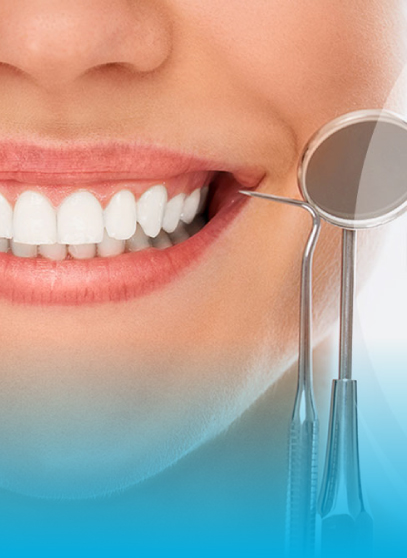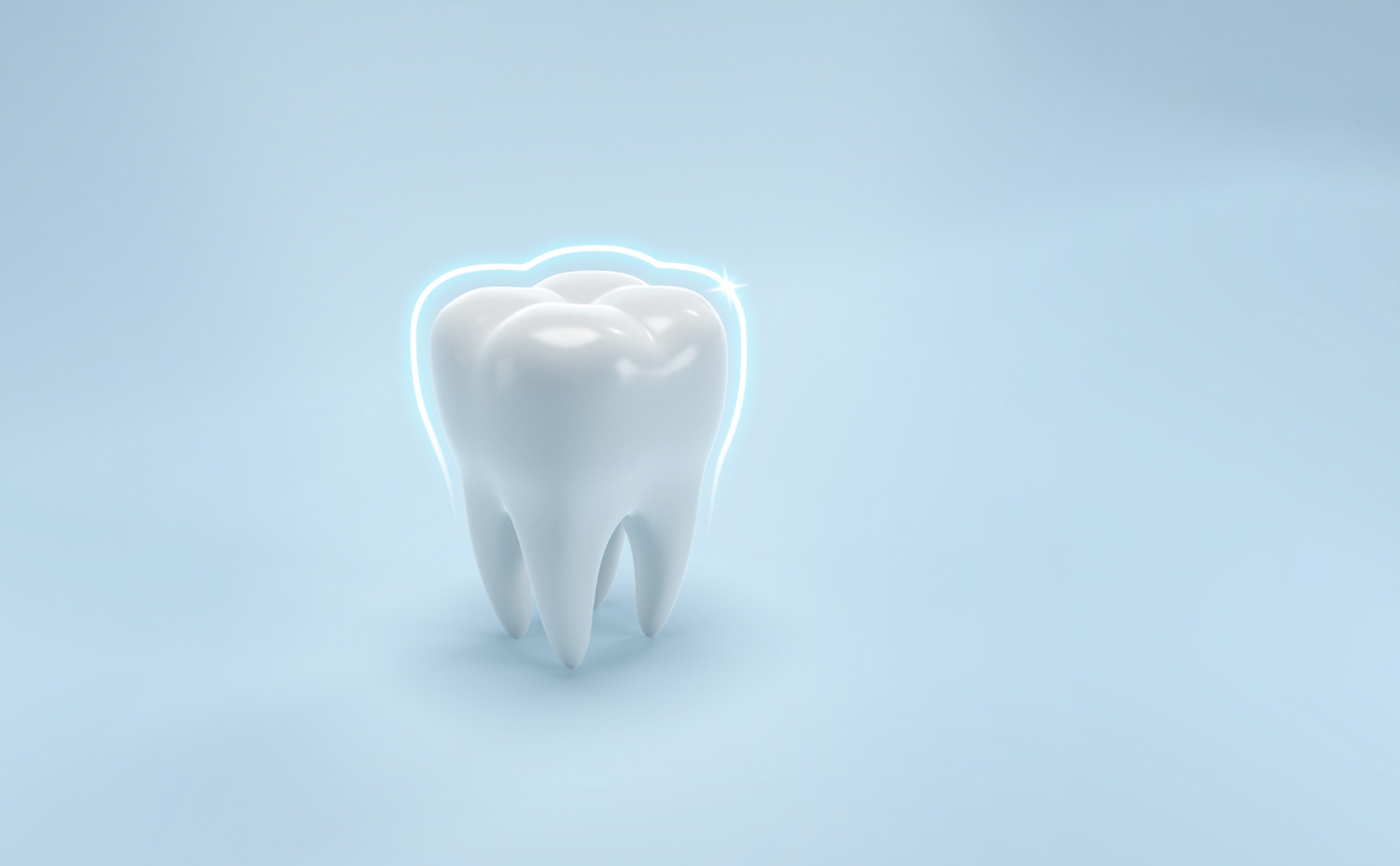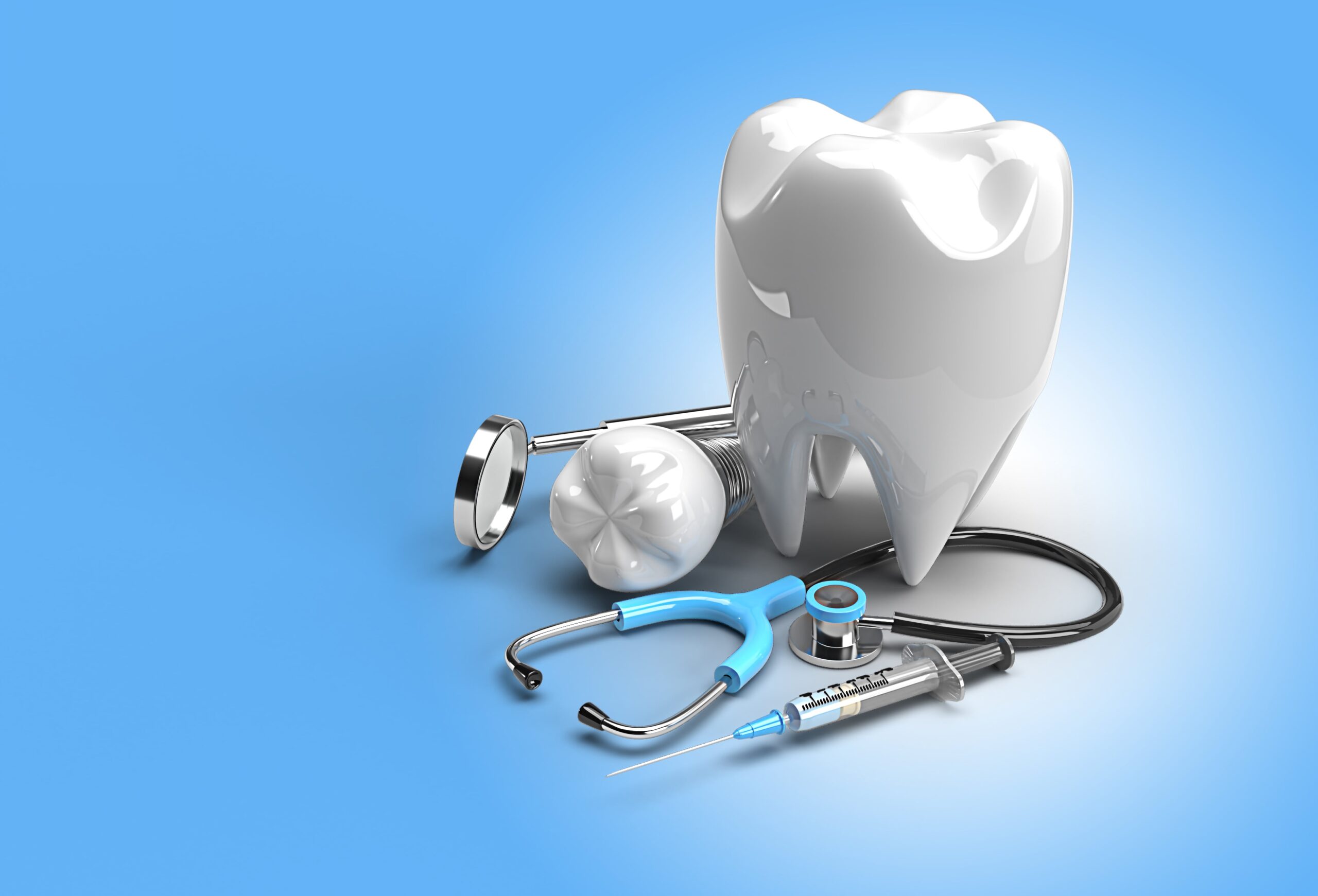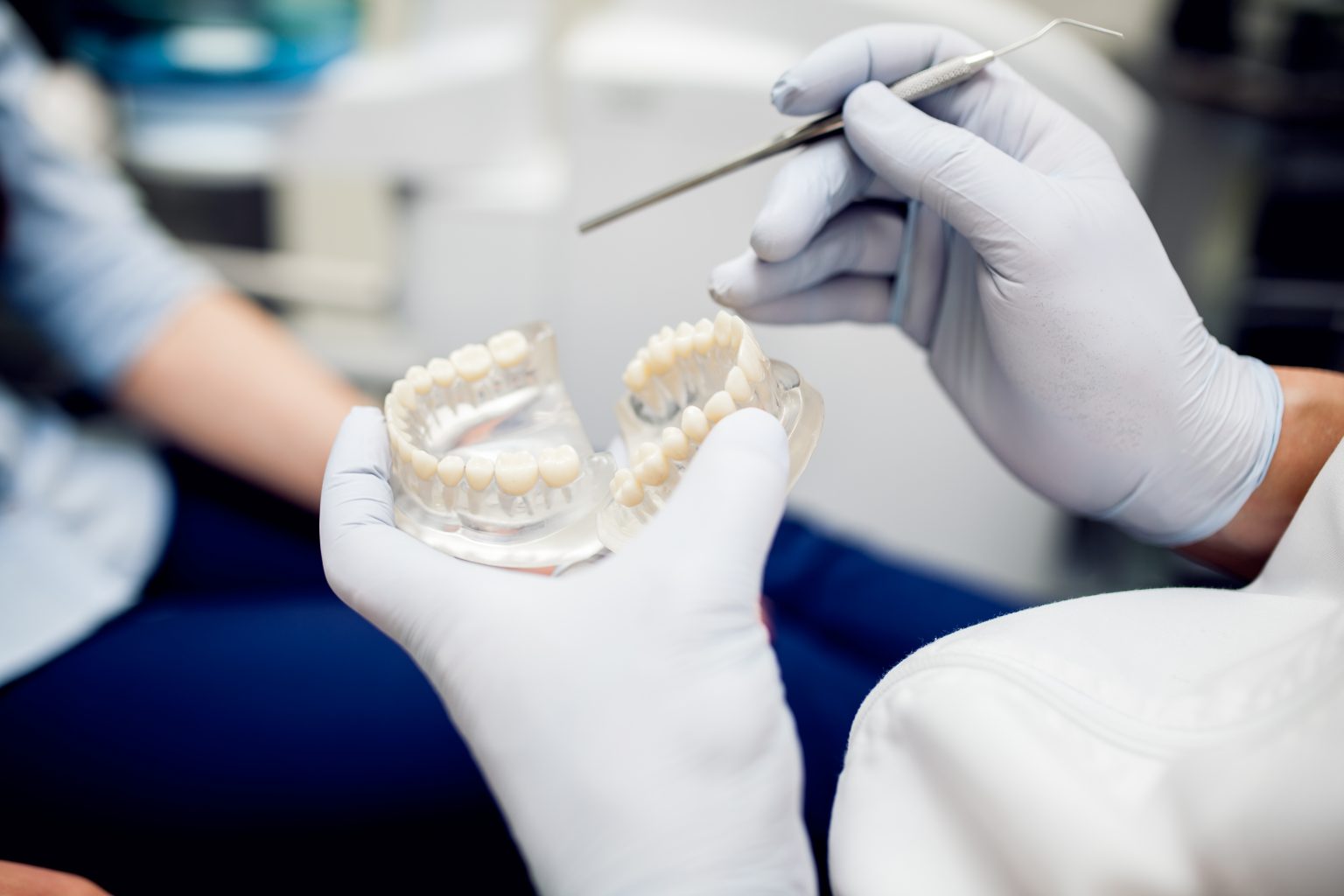Maintaining good oral health is essential for overall well-being. However, many people encounter common dental problems at some point in their lives. In this comprehensive guide, we will explore these dental issues, their causes, and effective solutions to help you achieve and maintain a healthy smile.

1. Cavities (Dental Caries):
Causes: Cavities, also known as dental caries, result from the buildup of plaque on the teeth. Plaque is a sticky film of bacteria that produces acids when it interacts with sugars and carbohydrates from the foods we eat.
Symptoms: Early-stage cavities may not exhibit symptoms, but as they progress, you may experience tooth sensitivity, pain, and visible holes or pits in the affected teeth.
Solutions:
- Prevention: Maintain a thorough oral hygiene routine by brushing, flossing, and using fluoride toothpaste. Limit sugary and acidic foods and drinks.
- Dental Fillings: Dentists can remove the decayed part of the tooth and fill the cavity with materials like composite resin or amalgam.
- Sealants: Applying dental sealants on the molars and premolars can help prevent cavities, especially in children.
2. Gum Disease (Periodontal Disease):
Causes: Gum disease is often caused by the accumulation of plaque and tartar on the gumline, leading to inflammation and infection.
Symptoms: Early-stage gum disease (gingivitis) may cause redness, swelling, and bleeding gums. Advanced gum disease (periodontitis) can result in gum recession, tooth mobility, and even tooth loss.
Solutions:
- Regular Dental Check-ups: Routine dental visits can detect gum disease early when it’s more manageable.
- Deep Cleaning (Scaling and Root Planing): This procedure removes tartar buildup below the gumline and smooths root surfaces to prevent bacterial regrowth.
- Oral Hygiene: Maintain daily oral hygiene practices and consider using an antimicrobial mouthwash.
- Smoking Cessation: Quitting smoking significantly reduces the risk of gum disease.
3. Tooth Sensitivity:
Causes: Tooth sensitivity can result from worn tooth enamel, receding gums, cavities, or gum disease. It occurs when the inner dentin layer becomes exposed.
Symptoms: Patients with tooth sensitivity often experience pain or discomfort when consuming hot, cold, sweet, or acidic foods and beverages.
Solutions:
- Desensitizing Toothpaste: Specialized toothpaste can reduce sensitivity by blocking pain signals.
- Fluoride Treatment: Dentists may apply fluoride to strengthen enamel and reduce sensitivity.
- Treatment of Underlying Issues: Address the root causes, such as gum disease or cavities, to alleviate sensitivity.
4. Bad Breath (Halitosis):
Causes: Chronic bad breath can result from poor oral hygiene, gum disease, dry mouth, smoking, certain foods, or underlying health conditions.
Symptoms: Persistent unpleasant breath odor, despite regular brushing and flossing, is the primary symptom of halitosis.
Solutions:
- Oral Hygiene: Maintain a thorough oral hygiene routine, including tongue cleaning.
- Hydration: Stay well-hydrated to prevent dry mouth, a common cause of bad breath.
- Regular Dental Visits: Dentists can identify and address oral health issues contributing to bad breath.
- Lifestyle Changes: Quitting smoking and avoiding certain foods can help.
5. Tooth Loss:
Causes: Tooth loss can occur due to injury, decay, gum disease, or congenital conditions.
Symptoms: Obvious gaps in the teeth, difficulty chewing, and altered speech are common signs of tooth loss.
Solutions:
- Dental Implants: Implants are a permanent solution that replaces the missing tooth root and crown.
- Bridges: Dental bridges use adjacent teeth as support to fill the gap left by a missing tooth.
- Dentures: Full or partial dentures are removable prosthetic devices used to replace missing teeth.
6. Bruxism (Teeth Grinding):
Causes: Bruxism often results from stress, misaligned teeth, or an abnormal bite. It can occur during sleep or awake hours.
Symptoms: Teeth grinding can lead to worn teeth, jaw pain, headaches, and disrupted sleep.
Solutions:
- Nightguards: Custom-made nightguards protect teeth from grinding during sleep.
- Stress Management: Reducing stress through relaxation techniques can help alleviate bruxism.
- Orthodontic Treatment: Correcting misaligned teeth or bite issues may prevent grinding.
7. Oral Cancer:
Causes: Oral cancer can be caused by various factors, including tobacco and alcohol use, human papillomavirus (HPV) infection, and genetics.
Symptoms: Symptoms may include persistent mouth sores, red or white patches, pain, difficulty swallowing, and unexplained bleeding.
Solutions:
- Regular Oral Cancer Screenings: Dentists can perform screenings during routine check-ups.
- Lifestyle Changes: Avoiding tobacco and limiting alcohol consumption can reduce the risk.
- HPV Vaccination: For those at risk due to HPV infection.
8. Dry Mouth (Xerostomia):
Causes: Dry mouth can result from medications, certain medical conditions, aging, or radiation therapy.
Symptoms: A dry, sticky feeling in the mouth, frequent thirst, and difficulty swallowing are common symptoms.
Solutions:
- Saliva Substitutes: Over-the-counter products can help moisten the mouth.
- Medication Adjustment: Consult with a healthcare provider to adjust medications if they cause dry mouth.
- Good Oral Hydration: Sip water throughout the day to keep the mouth moist.

Conclusion:
Understanding common dental problems and their solutions is crucial for maintaining oral health. Regular dental check-ups, diligent oral hygiene practices, and lifestyle changes can go a long way in preventing and addressing these issues. Remember, your dentist is your partner in achieving and maintaining a healthy smile, so don’t hesitate to seek professional guidance for any dental concerns.





